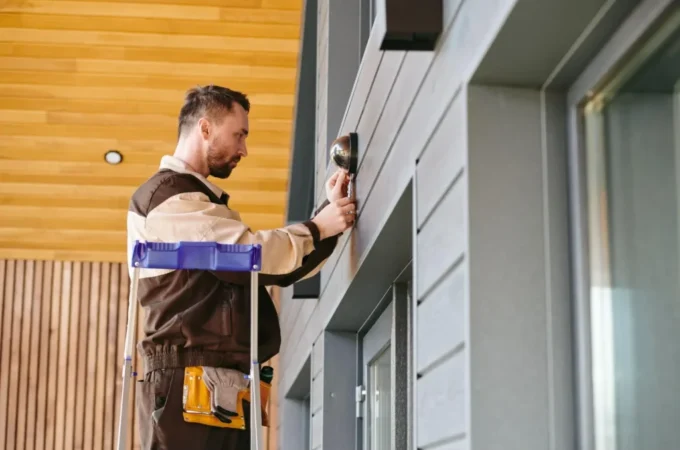
Plan Ahead: Protect Your Home From Erosion
Without a foundation, a home cannot be built, and without good erosion control, the foundation for a house or construction site can not sustain. Consequently, a brittle foundation leads to structural anomalies which could turn out to be disastrous in times of harsh weather conditions like hurricanes, floods, earthquakes etc.
As global warming is taking a toll on planet earth, erosion has been speeding up affected by a rising sea level, geo storms, flooding,
and powerful ocean waves. Erosion is damaging houses, businesses, and public structures, eventually leaving them uninhabitable or unusable. Homes built on low-lying areas are subject to the highest risk of erosion.
As per government data, more than 1,500 homes or buildings are being lost to soil erosion each year in the US, and these numbers are just going to increase in the coming years.
So it’s a wake-up call for everyone to have a strong foundation before building their homes and keep it in good condition at all times. This requires regular check-up for cracks, potholes, damages, and early signs of soil erosion.
You don’t have to be a scientist to understand the fact that the soil comprising a building’s foundation is the lifeline to its stability.
The soil is the support system on which the foundation relies on. If the soil weathers, then the foundation dwells and the weight composition of the building disrupts the whole setup.
Here are a few soil erosion control methods that you can install to protect your home:
Table of Contents
ToggleUse nature against nature
One of the foremost and simplest ways to control erosion is by mapping the landscape around the house, and then plant trees, grass, scrubs etc which can keep the soil firm. Decorative measures like landscape timbers, liners, rocks, gravel, and concrete pavers can also serve a dual purpose in keeping the soil stay in a place.
Install gutters and Drainage pipes
Installing a properly functioning gutter system and drainage pipes will not only minimize flooding scenario near the house, but it will also ensure strengthening of the foundation by keeping the soil dry.
Use of French drains is highly recommended as it will redirect the water around the foundation to an exit point.
Install Concrete Blocks
If the soil conditions are worse or the home/building to be built is near a water body, then spending some amount in modern erosion control methods like installing Articulated concrete blocks are advised. ACBs are barricade systems that can be shaped and modelled as per the demand of the place. The blocks are interconnected to help in erosion control on the banks of water bodies and drainage channels.
Sloping
One of the most important things to consider before building a house is to check the soil slope of the surrounding. As per experts, the ideal ground level slope should be 6 inches or 5 per cent for the first 10 feet around the foundation. Now, if that can’t be done then you can come around the problem by creating a trench and install a moisture barrier or a downslope swale to keep the water away.

Michelle Joe is a blogger by choice. She loves to discover the world around her. She likes to share her discoveries, experiences, and express herself through her blogs.






